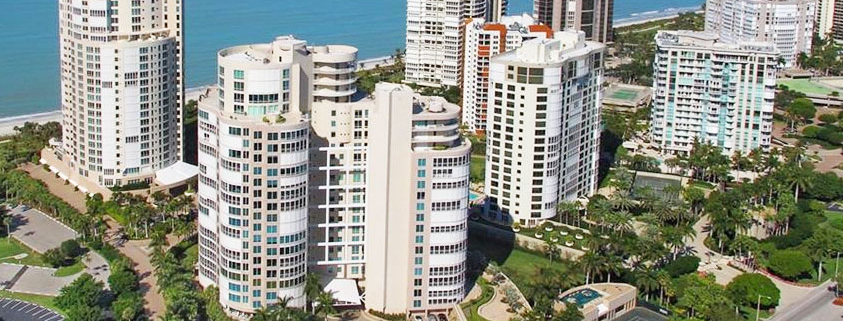When do community rules and regulations have to be enforced?
A typical question we get from new association directors is: When do our association’s rules and regulations have to be enforced?
In most condominium and homeowners’ associations, there are regulations contained in the Declaration of Condominium or Declaration of Covenants recorded in the county public records and also unrecorded “house” rules located in the association’s official records.
Typically there are many such rules and regulations that owners, tenants and guests are legally required to follow whether they have ever read them or not. The residents are considered to have constructive knowledge of rules and regulations because the governing documents are recorded in the public records. So, although they might not have actual knowledge of the rules and regulations (never seen them or read them), the residents are legally required to follow them because of their constructive knowledge.
Of course by not having actual knowledge of all the rules and regulations, there will most likely be violations by owners, guests and tenants even though the violations may be unintentional or unknowingly.
Typically, unless another resident reports any of these violations to the board or management, the board will not know that the violations are going on. This is not necessarily a bad thing because if a violation is not bothering anyone else in the community then who really cares about the violation existing.
However, if a resident reports a violation of the written rules and regulations, then the board of directors, as part of their fiduciary duty under the association’s documents, are required then to enforce compliance to make sure the violation ceases. If the board fails to do so, the resident could then go after the directors for failing in their duties.
This fiduciary duty does not mean that directors must run all over the community looking for violations. In the “mind of the board” there are no violations of rules or regulations (even though they exist) until such time as they are reported to the board or manager. You could have a violation that has been there for five (5) years and nobody reported it. Examples could be someone with an indoor house cat in a no pet condominium, an owner who made an unapproved patio on the common elements, or an owner smoking on a balcony where such smoking is prohibited.
Until, someone reports such a five (5) year ongoing violation to the board or management, there is no legal knowledge of the violation. Once the violation is reported, the board can then go after the violator usually with management calling and/or sending a violation letter to the owner of the residence in violation and providing a reasonable time to correct the violation.
If after such time the violation has not been cured and continues, then the board should send the information to the association’s legal counsel who will send the violator a last chance letter letting the owner know that if the violation is not immediately corrected, the association may have to sue the owner and resident violator. If litigation becomes necessary, the association will let the owner and violator know that it will be able recover its prevailing party attorneys’ fees from the owner and violator.
The owner and violator will not be able to claim estoppel (sitting on your hands when you know of a violation) in the five (5) year ongoing violation scenario because the Board had no knowledge of the long ongoing violation until just recently. Once, the Board knows of the violation however, it has to start enforcement in a reasonable time. Some cases say that you must actually bring a lawsuit within 6 months from knowledge of the violation or lose your right to do so.
It is also important in enforcing rule and regulation violations to take into consideration the defense concept of selective enforcement. This is when the board goes after one owner for a violation and the owner comes back and says there are many similar violations by other owners that the board has not gone after. Selective enforcement says that you must treat all know violators of the same violation equally. If you have knowledge of more than one violator, you must enforce all of violators in the same manner.
This selective enforcement defense only works when comparing apples to apples. If you are comparing apples to oranges (such as a paint color violation verses a pet violation), you cannot use the selective enforcement defense that: because you did not enforce the pet violation you cannot enforce the paint color violation.
If a particular rule on the books has not been enforced in a long time and past boards have allowed known violations to occur, if a new board wants to start enforcing the rule in the future, it needs to first send notice to all owners that violations of the rule will no longer be allowed and the association is going to start enforcing the rule. Under this scenario, old violations will probably be grandfathered in to remain but no new violations will be allowed.
Rule and regulation enforcement is one of the primary duties of officers, directors, management and the legal team of condominium and homeowners’ associations in order to maintain a harmonious, civil and aesthetic community that everyone can be proud to live in.

